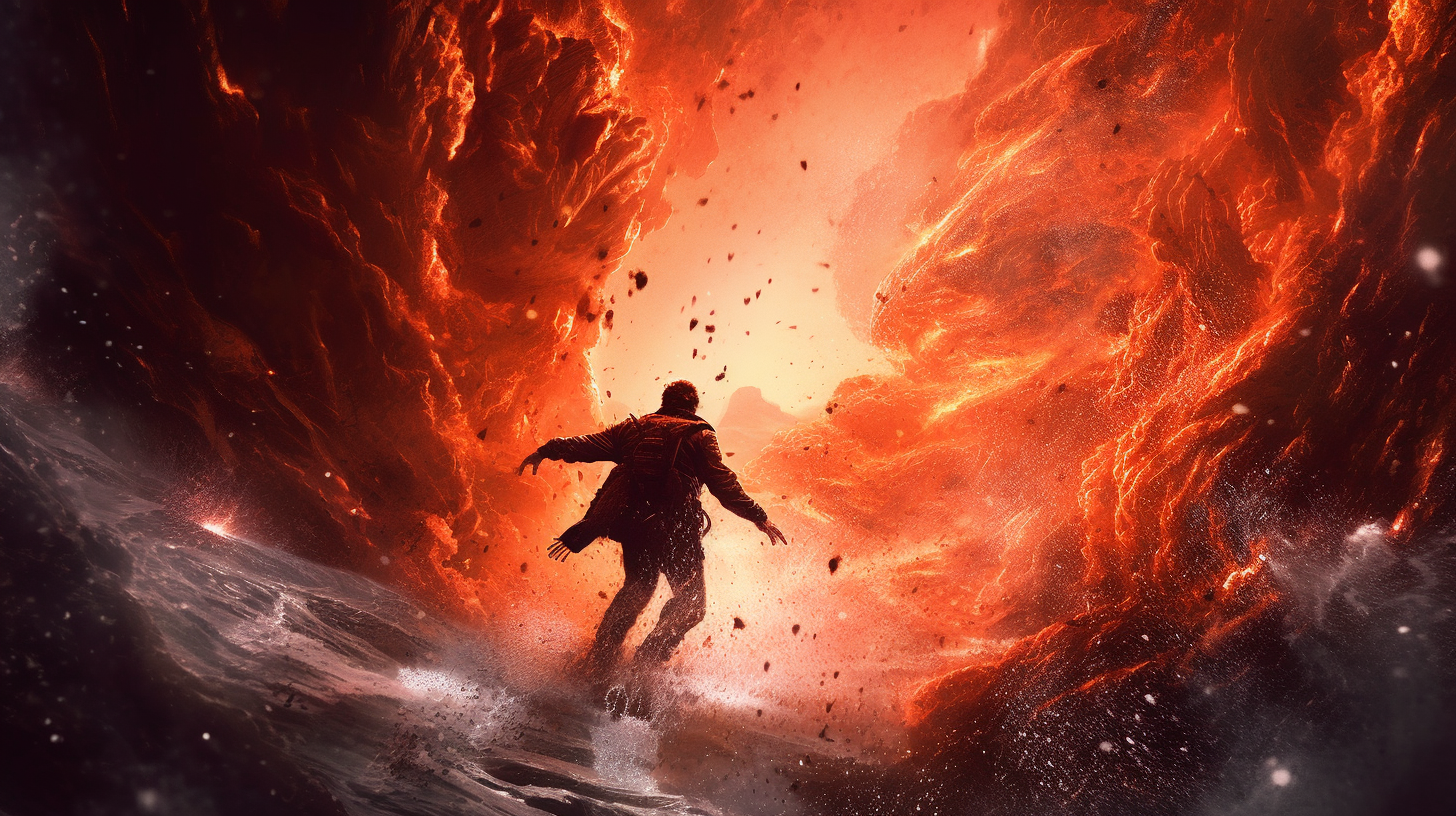How To Write Better Trailer Music

Writing trailer and license music may seem challenging, but it becomes surmountable with the proper knowledge and guidance.
Over the years, I've had the privilege of listening to countless pieces from aspiring composers.
Yet, a pattern emerges - a set of common missteps that often prevent their music from being utilized. With this article, I intend to address these pitfalls, offering insights that will help transform your compositions into appealing, licensable pieces. Let's chart a new course toward success in trailer and licensable music!
Structure and form
Similar to most forms of music, trailer music typically adheres to a structural convention. While exceptions exist, most compositions follow this sequence: an Intro, a Main Part, and an Ending Part that culminates in a climactic finale.
Sometimes, a quieter interlude bridges the gap between the Main Part and the Ending Part, with each segment distinguished by brief one or two-bar pauses.
Adhering to this tried-and-true structure can significantly enhance the appeal of your music, thus increasing the likelihood of it being used and appreciated by listeners.
Experimentation in music is not just welcome but essential; however, the basic framework has repeatedly proven its worth. After all, there's seldom a need to reinvent the wheel.
For those interested in delving deeper into the structure and form of trailer music, I would like you to explore my detailed video. In this review, I dissect "The Beginning," a track from my album, Chaos Theory, which I had the honor of composing for the renowned Two Steps from Hell. This in-depth analysis could provide valuable insights for your musical journey.
Gaps
Picture this scenario: you've composed a piece without a gap following the intro or preceding the high dynamic climax. The trailer editor now faces a dilemma.
They could opt for another track, despite appreciating your energy. Alternatively, they're compelled to dissect your composition, constructing elements such as risers, reverb tails, drum rolls, and hits. This time-consuming and tedious task was yours to undertake as the composer.
By not providing these elements, you've shifted the burden onto the editor, who now performs the work you should have completed.
Save them this hassle.
Brighten their day with a well-structured track that's easy to work with; chances are, they'll choose your music again for future projects. Take care of your responsibilities. Remember to create those essential gaps in your music!
If you want to dig deeper into structure and gaps, watch this video.
Writing an epic trailer music arrangement from scratch
In this video, I will show you how to unlock the secret to writing epic trailer music in minutes! Following my simple guide, you can quickly write fantastic, eye-catching trailer music!
Before finalizing parts, ... do this! 👇 Before you dive into the intricate details of individual parts, please establish your track's overall structure. This could be a simple piano sketch, fragments of ostinato strings interspersed with percussive segments, or a series of bass lines.

By mapping out the entire structure beforehand, you'll avoid common compositional challenges, such as struggling to conclude your piece or how to progress it.
It can also be beneficial to begin with the heart of your track — the main part, or even the climactic finale — and then work your way backward. This approach can often yield an organic, well-structured composition.
Bury your ego!
You've dedicated several days to crafting what you believe to be an "exceptionally groundbreaking" trailer track. When it's complete, it's time to submit it for review.
Perhaps you share it with a seasoned composer for constructive feedback or showcase your piece on your YouTube channel for personal growth or your hobby.
Then, the feedback begins to pour in from various sources, and it might just be the harshest critique you've ever received. The comments may not be entirely negative, but they can feel that way. Why is this?
When you create, you're imbuing your work with a piece of yourself, your emotions. This makes criticism feel personal, even when it is not intended to be. Remember, every company, client, producer, and fan is entitled to their opinion about your music, even if it is unfavorable.
At this juncture, it is essential to be humble and keep your ego in check as you process the feedback. This will aid your growth as a composer and ultimately strengthen your music.
To at least 99%, a simple pattern can be enough. Many composers concur that melody reigns supreme in music, a perspective I align with and find logical. However, when composing music, the melody is often born from a more uncomplicated element: a pattern.
A straightforward, basic pattern can, 99% of the time, be the foundation for an entire trailer track. Once you've conceived a compelling pattern, structure your composition around it.
Remember, the rhythm of your pattern can be halved or doubled, offering you a range of creative possibilities. The potential is vast, from a pounding percussion rhythm to a rapid string ostinato.
Once you grasp how to extrapolate a complete composition from a single pattern, you can always complete your tracks again!
In the upcoming video, witness how a solitary pattern breathes life into an entire track, showcasing the power of simplicity in composition.
An easy method to improve your epic trailer track While we're on the topic of video tutorials, and assuming you appreciate this learning format, I'd like to present you with an accessible strategy to elevate your epic trailer music composition. Consider this as an opportunity to not just learn, but also to redefine your creative process.
Venture into this comprehensive music production tutorial meticulously designed to guide you through the intricacies of composing epic trailer music. So sit back, tune in, and embark on this musical journey together.
Percussions, baby
Join me as I craft an exhilarating percussion section for an epic trailer track, all within a mere ten-minute span.
For this creation, I've utilized the following sample libraries: Heavyocity Damage 2, Audio Imperia Cerberus, Los Angeles Modern Percussion, Native Instruments Action Strikes, and Spitfire HZ01.
Ignite your creativity and transform your trailer music journey
By combining comprehensive video lessons, insightful track dissections, industry-specific business knowledge, and an active community for personal feedback, this course sets you on a clear path to mastering the art and business of trailer music composition.
Interested to learn more about Trailer Music? Check out Trailer Music Trailblazers here!



